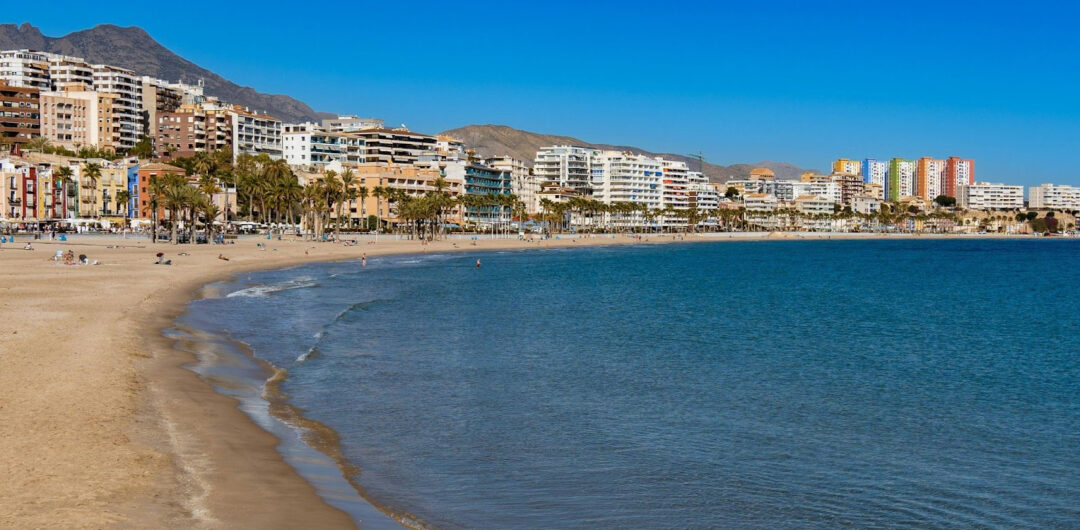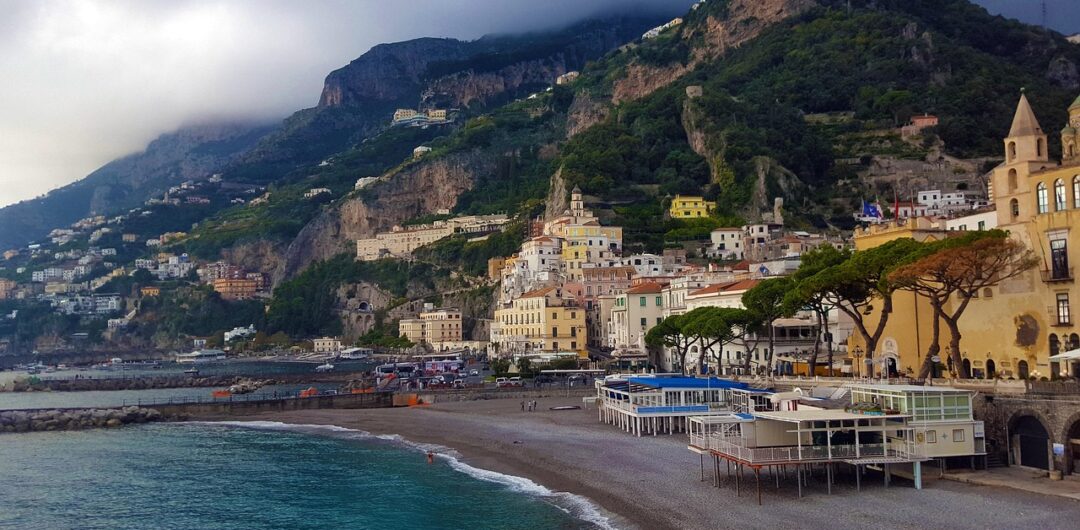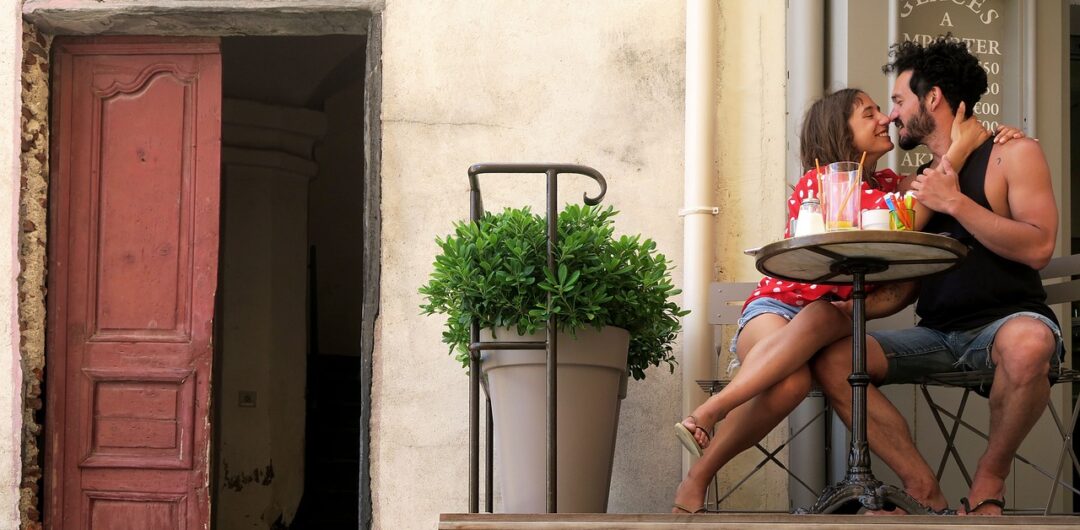Summer trips looks easy from a distance. Sunshine, long evenings, and branches that seem quiet in pictures. Then you turn up and realize everyone had the exact same idea as you did. They just arrived slightly earlier than you. The thing is, crowds build fast. Lines appear where you didn’t expect them, and even the “secret” spots get busier every year.

Most people focus on where to go and forget something more important: how much actual room they’ll have once they get there. And honestly, that’s what decides whether a trip feels relaxing or like you’ve spent the week dodging strangers.
The upside is that you can make a few changes — small ones — and the whole thing becomes lighter. Not quieter (summer is still summer after all) but a bit less overwhelming. There’ll be a bit more breathing space, and you’ll get a break that looks and feels like one, not just a logistical challenge and a crash course in avoiding others.
Choose Locations with Built-In Breathing Space

Some locations naturally give you room. They’re not necessarily remote or expensive — they’re just designed in a way that doesn’t funnel everyone into one tiny square of beach or a single old town street.
Coastal towns with long promenades work well because people spread out without thinking about it. Lakeside regions, too — people drift between swimming spots, cycle paths, and viewpoints. The Italian Lakes are a good example. One village might feel packed around lunchtime, but two miles down the road, you’ll find quiet water space to walk and nobody stepping on your photos.
If you prefer islands, pick the ones that aren’t shaped around cruise schedules. A lot of the crowding comes from those one-day drops where thousands of people flood the same few streets at once. Go for islands that have small ports, lots of little coves, and spread out beaches. You don’t need a “hidden gem”; you just need a place with more than one central spot.
When you’re checking maps, look for the shape of the coastline, the width of the waterfront, and how many access points there are. It tells you more about crowd flow than any travel guide will.
Pick Accommodation That Actually Gives You Space

Accommodation decides more of your mood than the destination. You can love a region and still feel boxed in because your room doesn’t give you anywhere to breathe.
You’re not looking for over-the-top luxury here; instead, you need space that functions. You want a balcony that you can sit on without your knees touching the railing, a bit of garden you don’t have to share with 20 other people, or a room that opens onto shade, not a parking lot. Even small apartments feel bigger when they’re designed sensibly: a table on the terrace, two chairs facing the view, enough airflow so you don’t feel stuck inside once the heat hits.
Boutique guesthouses tend to get this right because they’re built around comfort rather than volume. A few outdoor corners rather than one big common area. Rooms are staggered enough that you don’t hear everything happening next door. It doesn’t have to be fancy — it just has to give you your own pocket of quiet.
Choose Activities That Take You Away From the Crowds

If it’s breathing space you’re after, you can get this by picking activities that naturally pull you out of busy areas — not because they’re extreme, but because they’re not happening all at the same pace at the same time.
Early morning things work best: kayak sessions before the sun is too sharp, coastal walks while most people are still at breakfast, short hikes you can finish before the midday heat makes them unbearable. Cooking classes outside tourist zones. Bike routes that take you to the quieter end of a coastline instead of the main beach.
Water days tend to be the calmest. Small boat trips, wildlife tours, or coves only reachable by a walking trail. A private charter day is another option — one of the easiest ways to avoid crowds altogether, something like the French Riviera routes from Pelagia Yachting gives you a bit of space that isn’t shared with hundreds of other people. No pressure, no noise, no squeezing in between families looking for shade.
And once you’re back on land, stick with the activities that naturally scatter people: lighthouse climbs, hilltop viewpoints, quieter neighborhood cafes, and shaded garden paths. All the scenery; no crowds.
Plan Your Days Around Natural Quiet Windows

What this requires is an understanding of how crowds move. Once you get the hang of the rhythm, you will find it easier to dodge most of the crowds.
Beaches are empty before 10 am and again later in the evening. Old towns ease off after the heat drops. Museums are quiet during lunch. Coastal paths are busy mid-morning and practically empty at sunrise. Mediterranean regions have that midday lull where everyone hides from the heat — the perfect time to wander through the streets or find a beach with a view.
If you’re staying somewhere that comes alive at night, explore early. If you’re in a family-heavy area, head out late. You’re not avoiding anyone, you’re just slipping in and out between the waves of people.
Build A Buffer Into the Itinerary

The last thing you want to be doing is chasing the clock on your trip, so avoiding a tight schedule means you can adjust and regroup, and you’re not forced to push through the crowd, leaving you feeling almost suffocated with no time to take a moment for yourself.
Give yourself time between activities so you’re not power walking through a crowded place to make a reservation. One main plan per day is usually enough; let everything else be optional: a slow morning on the terrace, a swim when the sun eases off, an afternoon detour because you spotted a quiet cove on a map. These are the moments that people remember — the unplanned ones that only happened because you weren’t sprinting towards something else.
